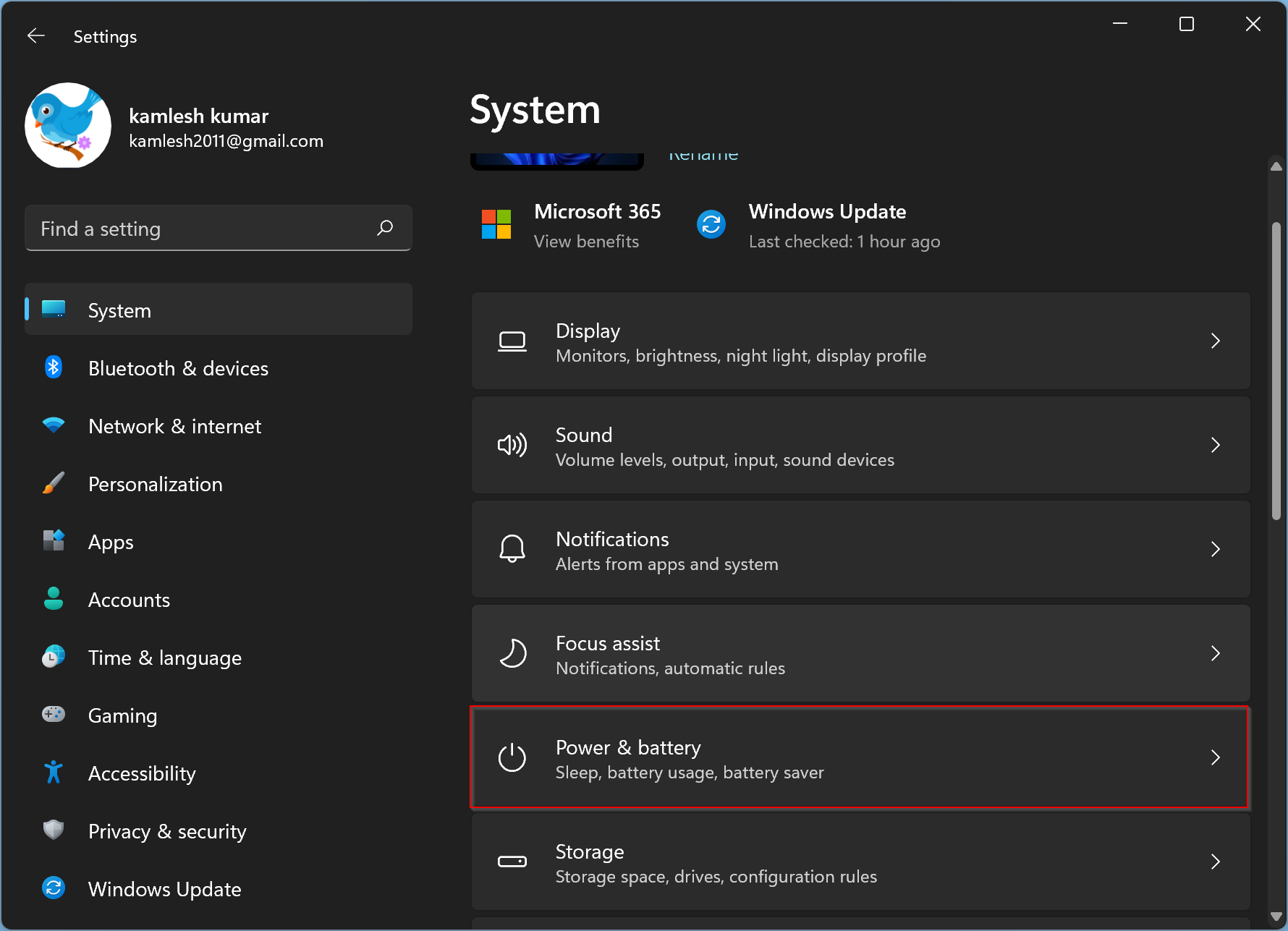
By default, Windows automatically enables Battery saver mode at 20% battery remaining. Under “Battery saver”, you can choose whether Windows automatically enables Battery saver mode or not, and when it does. You can also click the battery icon in your notification area and click the “Battery settings” link in the popup to access it.

To do so,head to Settings > System > Battery. You can configure what Battery Saver does and when it activates. You can rearrange these tiles to make the option more easily accessible, if you like. Swipe in from the right or click the Action Center icon in the system tray to access it.Ĭlick the “Expand” link above the tiles at the bottom of the Action Center panel if you can’t see the Battery saver tile. You’ll also find a “Battery saver” quick settings tile in Windows 10’s Action Center. It’s clear Microsoft would rather you use this instead of messing with those old and confusing power plans. This option is one click away from the battery icon, just as the “Power Saver” power plan was on Windows 7 and Windows 8. Drag the slider to the leftmost position to activate “Battery Saver” mode. To do so, just click or tap the battery icon in the notification area on your taskbar. For example, you might want to turn it on manually at the start of a long day if you know you’ll be away from an outlet for a while. You can turn Battery Saver mode on whenever you like. Plug your PC in to recharge and Windows will deactivate Battery Saver mode. “Universal apps” from the Windows Store will also not be able to run in the background and receive push notifications while this mode is enabled.īy default, Battery Saver mode automatically activates whenever your laptop or tablet reaches 20% battery life. This feature was added with the Fall Creators Update.

This is one big tweak that can save battery life on every single device, as the backlight uses quite a bit of power.īattery Saver now aggressively throttles background apps you aren’t actively using, even if they’re desktop apps. When it activates (or when you activate it), it makes a few changes to Windows’ settings in order to stretch your laptop’s battery life further.įirst, it automatically lowers your display’s brightness. RELATED: How to Manage Windows 10's New "Power Throttling" to Save Battery Lifeīattery Saver is similar to Low Power Mode on an iPhone, or Battery Saver on Android.


 0 kommentar(er)
0 kommentar(er)
